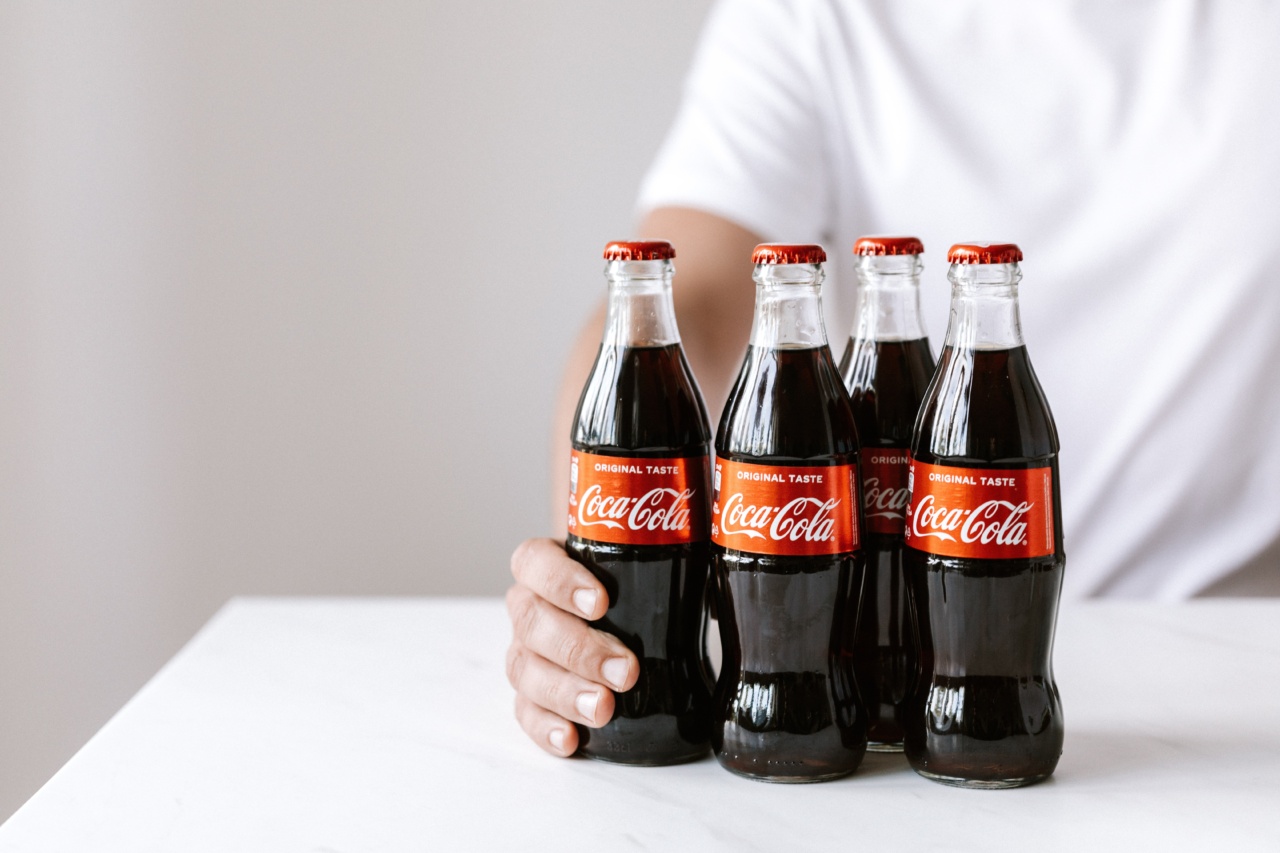Wine has been a beloved beverage for centuries, revered for its rich flavors and ability to enhance a dining experience. Among the various types of wine, two major categories dominate the market: white wine and red wine.
Both types have their unique characteristics and appeal to different taste preferences. However, when it comes to calorie count, there are noticeable differences that can impact those watching their weight or adhering to specific dietary restrictions.
In this article, we delve into the wine wars of white versus red, exploring their calorie counts and providing valuable information to wine enthusiasts and health-conscious individuals.
White Wine
White wine, often associated with lightness and freshness, is made predominantly from green or yellow grape varieties. The fermentation process for white wine involves extracting the juice from crushed grapes and fermenting it without the grape skins.
This lack of skin contact gives white wine its characteristic clarity and light color. The most common varieties of white wine include Chardonnay, Sauvignon Blanc, Riesling, and Pinot Grigio. Now, let’s take a closer look at the calorie count of white wine.
Calorie Count of White Wine
The calorie count of white wine varies depending on factors such as the grape variety, residual sugar content (sweetness), and alcohol content. On average, a 5-ounce (147 ml) serving of white wine contains approximately 121-130 calories.
However, it’s important to note that dessert wines or sweet white wines can have significantly higher calorie counts due to their higher sugar content. These types of white wines can range from 154 to 225 calories per 5-ounce serving.
Red Wine
Red wine, known for its deeper hues and robust flavors, is made using dark-colored grape varieties. The fermentation process for red wine involves leaving the grape skins in contact with the juice during fermentation.
This extended skin contact gives red wine its distinct color and tannins, which contribute to its complexity. Popular red wine varieties include Cabernet Sauvignon, Merlot, Pinot Noir, and Syrah. Now, let’s uncover the calorie count of red wine.
Calorie Count of Red Wine
Similar to white wine, the calorie count of red wine can also vary depending on factors such as grape variety, residual sugar content, and alcohol content. On average, a 5-ounce (147 ml) serving of red wine contains approximately 125-135 calories.
However, it’s worth mentioning that certain red wines, particularly those with higher alcohol content or fortified wines like Port or Sherry, can have a slightly higher calorie count.
Comparing the Calorie Counts
When comparing the calorie counts of white and red wine, the differences are negligible. On average, there is only a difference of about 5-10 calories per 5-ounce serving.
The variations in calorie count can be attributed to factors such as residual sugar content and alcohol level rather than the color of the wine itself.
Factors Impacting Calorie Count
While white and red wine have similar calorie counts, certain factors can impact the overall calorie content of any wine variety. Here are some influential factors:.
1. Sweetness Level
The sweetness level of a wine is determined by the residual sugar content. Wines with higher sugar content tend to have more calories. Sweeter dessert wines often surpass the calorie counts of dry or off-dry wines.
2. Alcohol Content
Alcohol contains empty calories, meaning it provides energy without significant nutritional value. Wines with higher alcohol content usually have slightly more calories.
However, the difference is minimal, as the alcohol content in most wines falls within a similar range.
3. Serving Size
The calorie count mentioned earlier is for a 5-ounce (147 ml) serving of wine. It’s important to note that consuming larger serving sizes will proportionally increase the calorie intake.
4. Wine Production Techniques
Other production techniques, such as aging in oak barrels or blending with other wines, do not significantly impact the calorie count of wine.
Health Considerations
While it’s crucial to be mindful of calorie intake when maintaining a healthy lifestyle, moderate wine consumption can be part of a balanced diet.
Moderate wine consumption is often defined as up to one glass per day for women and up to two glasses per day for men. Red wine also contains antioxidants and compounds like resveratrol, which have been linked to potential health benefits when consumed in moderation.
Conclusion
In the wine wars of white versus red, the calorie count difference between the two is minimal.
Both white wine and red wine contain a similar number of calories per serving, with slight variations based on factors such as grape variety, residual sugar content, and alcohol level. Ultimately, personal preference should guide your choice between white wine and red wine, as the impact on calorie intake is not substantial.
Remember to enjoy wine responsibly and in moderation, savoring the exquisite flavors and delightful experiences it brings.


























